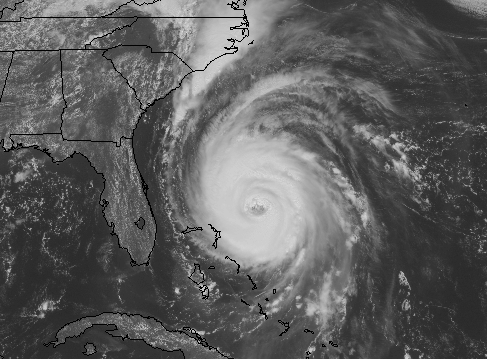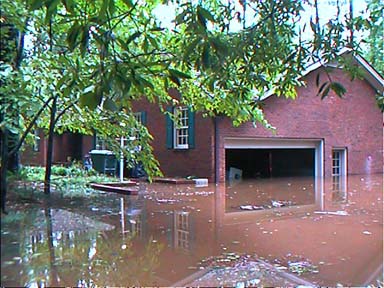


|
Tropical cyclones constitute one of the most important weather forecasting
problems worldwide. In developing nations, tropical cyclones are the leading
cause of death from natural phenomena, with a single event taking more
than 100 thousand lives as recently as 1991 in Bangladesh. In the United
States, the death toll of Hurricane Andrew in 1992 exceeded 60 with nearly
$30 billion in property damage.
Most research on the influence of environmental interactions with respect
to tropical cyclone intensity has focused on the atmospheric environment.
An important aspect of environmental interaction is also the coupling between
a storm and the underlying ocean. It is well known that tropical cyclones
are driven by turbulent heat fluxes from the ocean. Because of this, it
is natural to suppose that variability in surface conditions and in the
response of the upper ocean to a passing storm plays a role in controlling
storm intensity.
Critical aspects of this interaction are: the microphysical processes near
and at the sea surface that influence the turbulent exchange of heat and
momentum between the ocean and atmosphere, and the turbulent entrainment
of relatively cold water through the seasonal thermocline, which affects
the sea surface temperature and thereby influences storm intensity.
With funding from the National Science Foundation, ongoing collaborative
research will investigate the effect of re-entrant sea spray on air-sea
enthalpy exchange through theoretical analysis and laboratory experiments;
yield quanitative estimates of air-sea heat exchange by bubbles; and produce
improved estimates of the effect of waves on air-sea momentum exchange.
This research should lead to better formulations of surface fluxes in
very high wind speeds and may be implemented in numerical weather prediction
models to improve the accuracy of tropical cyclone intensity prediction.
 Woods
Hole Oceanographic Institution Woods
Hole Oceanographic Institution
Please contact
us with any questions or comments. |


